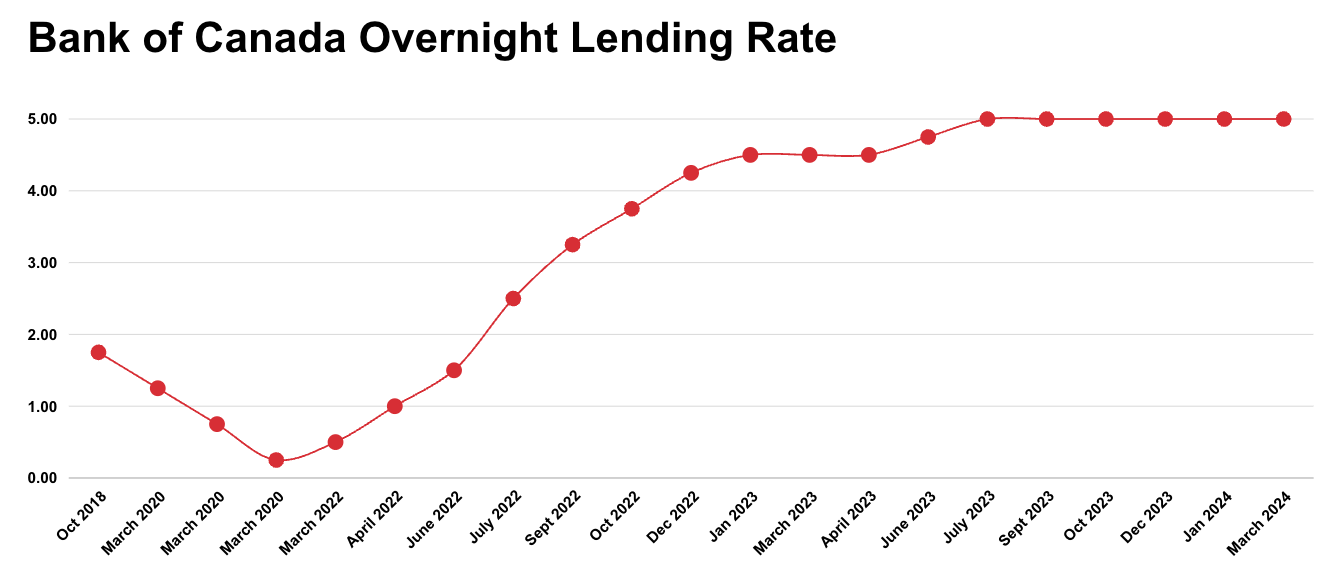Despite strong sales in the first quarter, Canada’s spring housing market was subdued across many regions in Q2 of 2024. The Bank of Canada's first overnight lending rate cut in June sparked significant interest, but did not lead to a noticeable resurgence of homebuyers. This cautious stance contrasts with rising inventory levels, resulting in more balanced market conditions.Royal LePage® forecasts a 9.0% increase in the aggregate price of a home in Canada in Q4 2024 compared to the same quarter last year. Nationally, home prices are expected to see continued moderate appreciation throughout the year's second half.“Canada’s housing market is struggling to find a consistent rhythm, as the last three months clearly demonstrated,” said Phil Soper, president and CEO of Royal LePage. “Nationally, home prices rose while the number of properties bought and sold sagged; an unusual dynamic. The silver lining: inventory levels in many regions have climbed materially. This is the closest we’ve been to a balanced market in several years.”“This trend dominates activity in two of the country’s largest and most expensive markets, the greater regions of Toronto and Vancouver, where sales are down yet prices remain sticky,” Soper continued. “There are exceptions. In the prairie provinces and Quebec, low supply and tight competition persist.”
Q2 Reports Modest Uptick in Home Prices
According to the Royal LePage House Price Survey, the aggregate price of a home in Canada increased by 1.9% year-over-year to $824,300 in Q2 2024. On a quarter-over-quarter basis, the national aggregate home price increased by 1.5%, despite a slowdown in activity in the country’s most expensive markets.By housing type, the national median price of a single-family detached home increased by 2.2% year-over-year to $860,600, while the median price of a condominium increased by 1.6% year-over-year to $596,500. Quarter-over-quarter, the median price of a single-family detached home increased by 1.8%, while the median price of a condominium increased by 0.8%.Sustained High Interest Rates Run Risk of Buyer Rush
Over the last two years, the national housing market has experienced fluctuations in home prices, with some regional exceptions, due to the impacts of higher interest rates. As the Bank of Canada balances lowering the key lending rate and controlling inflation, some housing market segments have stalled.“Canada’s housing market faces pent-up demand after two stifling years of high borrowing costs. While inflation control is crucial, persistently high rates are increasing the risk of a surge in demand when buyers inevitably return. New household formation and immigration keep fueling the need for housing, and a sudden release could create much market instability. This highlights the need for a more nuanced approach that balances inflation control with economic vitality,” added Soper.Increased Borrowing Costs Hamper New Supply Creation
Elevated borrowing rates are not only dampening housing market activity but also stifling new home construction. Builders, heavily reliant on lending, are finding it increasingly difficult to finance new projects, exacerbating the housing shortage as the population grows.“Canada’s housing market faces complex challenges. While raising interest rates was crucial to fighting inflation, it has unintentionally choked off the essential flow of new housing supply. Higher borrowing costs, coupled with labor shortages in the construction trades and rising material prices, have made it economically unsustainable for developers to launch new projects. This creates a perfect storm – our population is growing steadily, yet we’re building far fewer homes than needed to meet demand. This situation urgently needs innovative solutions to ensure Canadians have access to affordable housing options,” concluded Soper.Second Quarter Press Release Highlights:
- Toronto and Vancouver report slower-than-usual market activity this spring as inventory builds, while demand continues to outpace supply in the prairie provinces and Quebec.
- Quebec City records the highest year-over-year aggregate price increase (10.4%) in Q2 among the report’s major regions.
- Royal LePage maintains its national year-end forecast, with prices expected to increase by 9.0% in Q4 2024 over the same period last year.
- According to a Royal LePage survey conducted by Leger earlier this year, 51% of sidelined homebuyers said they would resume their search if interest rates reversed.
Source: Royal LePage Team Realty







.png)
